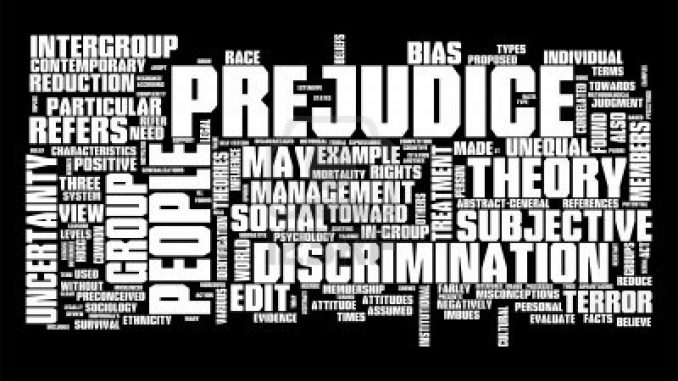
Don Gonyea, NPR
More than half of whites—55 percent—surveyed say that, generally speaking, they believe there is discrimination against white people in America today.
{snip}
Notable, however, is that while a majority of whites in the poll say discrimination against them exists, a much smaller percentage say that they have actually experienced it. Also important to note is that 84 percent of whites believe discrimination exists against racial and ethnic minorities in America today.
People from every racial or ethnic group surveyed said they believe theirs faces discrimination—from African-Americans and Latinos to Native Americans and Asian-Americans, as well as whites.
The NPR, the Robert Wood Johnson Foundation and the Harvard T.H. Chan School of Public Health survey sampled 3,453 adults in the U.S. from Jan. 26 to April 9. Of those, 902 were white.
{snip}
Lower- and moderate-income white Americans were more likely to say that whites are discriminated against—and to say they have felt it, either when applying for a job, raise or promotion or in the college-admissions process.
“We’ve long seen a partisan divide with Democrats more likely to say racial discrimination is that reason blacks can’t get ahead, but that partisan divide is even bigger than it has been in the past,” said Jocelyn Kiley, an associate director at Pew Research Center. “That’s a point where we do see that partisan divides over issues of race have really increased in recent years.”
What this could mean for electoral politics
David Cohen, a political scientist at the University of Akron, said the finding that a majority of whites say whites are victims of discrimination fits right into one of the big narratives of the last presidential campaign.
“I think this does reinforce a lot of the resentment you saw in the 2016 election, especially among white, working-class voters lacking a college degree,” said Cohen, who lives in northeastern Ohio, a traditionally Democratic stronghold full of white, working-class union members.
Trump ran far better there, though, than Republicans typically do, as he easily won the battleground state of Ohio, 52 percent to 44 percent.
But Cohen also adds that for all of the talk of Trump’s message speaking directly to whites in the working class — white voters overall supported him in about the same numbers as they did for Mitt Romney four years earlier — 58 percent for Trump, 59 percent for Romney.
And though it’s possible that Trump’s message to disaffected whites did make a difference in the decisive battleground states of Michigan, Wisconsin and Pennsylvania, Cohen said the question remains: Did Trump create or significantly boost white resentment overall — or did he simply tap into a trend with deep roots and history?
“I’m not sure that he necessarily created this angst among white voters,” Cohen said, “but he certainly knew how to take advantage of it.”
And it’s something Trump — as president — has only continued to tap into.